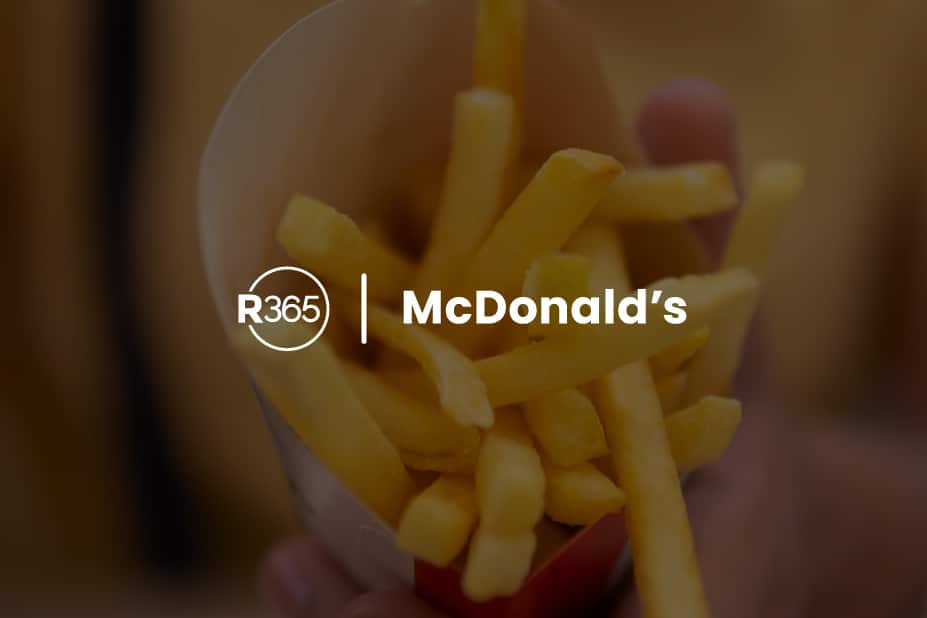Food cost is one of the major expenses in your restaurant business, but fortunately, also one of the most controllable. Food cost is heavily influenced by your inventory management. With the restaurant industry’s notoriously razor-thin margins, controlling food costs — and managing your inventory — are essential for a healthy bottom line.
There are many opportunities within the inventory lifecycle to apply efficient food cost controls. Today, streamlining the restaurant inventory management process is aided by technology such as restaurant inventory management software.
What is a Restaurant Inventory Management System?
Restaurant inventory management is the process of tracking the ingredients coming in and out of your restaurant. Inventory tracking includes the quantities of product ordered, kitchen and bar output, and what is left as sitting inventory afterward. Some parts of tracking inventory pull from sales data, but other responsibilities need to be completed by hand to account for losses like spoilage or improper portioning.
Restaurant Technology and Its Relationship with Inventory Management
Compared to other businesses that stock inventory for sale, like a retail book shop or a hardware store chain, restaurants stock a far more “temporary” inventory. Constantly updating inventory levels by hand is time consuming and error prone.
Restaurant inventory management software provides a systematic, accurate way to track inventory items and automate many parts of the process. Cloud-based restaurant inventory software replaces the spreadsheet and clipboard process with simplified, partially automated, and streamlined inventory tracking. As restaurant technology evolves in the industry, integrated restaurant inventory management software plays a critical role in accurately monitoring food costs.
How an Inventory Management System is Different than a POS System for Inventory Management
While some operators try to use only a POS system for inventory management, there are significant differences between a dedicated inventory management system and a POS system.
A POS system records all sales and transactions in a restaurant. This sales count may tell you what is going in and out of your restaurant through customer transactions, but it doesn’t account for all factors that can impact on your sitting inventory.
An inventory management system monitors everything that affects inventory for all individual products. This includes sales and transactions through an integrated POS system, but it also accounts for other potential areas of loss, including vendor delivery errors, spoilage, or improper preparation. An inventory management system accounts for both sales and all sources of inventory loss, which ensures accurate inventory tracking.
Key Features of a Restaurant Inventory Management System Integrated with POS
A restaurant inventory management system with end-to-end inventory management can streamline everything from inventory counting and transferring to ordering and invoicing. While some parts of inventory need to be completed by hand, restaurant inventory management software can make the process as pain free as possible. Using tools like a mobile device app, team members can complete by-hand inventory on the go with their phone or tablet.
A fully integrated restaurant inventory management system can also power the automation of other parts of inventory tracking. “Sheet-to-shelf” inventory can track ingredient and item prices, record stock counts, and automatically create adjusting journal entries. With automated vendor invoicing, operators can avoid manual invoice entry and also receive vendor management warnings on price fluctuations.
Inventory Management as Part of a Restaurant Management Solution
Accurate data can power a healthy restaurant business. However, as operators start to invest in more data-tracking technology, they sometimes run into a “Frankenstein” problem as the ecosystem of restaurant technology has grown more complicated, requiring costly, complex customizations. These “bolted-on” workarounds delay data tracking and require valuable time and resources to navigate.
When choosing an inventory management system, consider a platform that seamlessly integrates all of the features and services that you need. Specifically, management platforms designed for the restaurant industry can provide you with tools that suit your unique business.
With cloud-based integration, visibility, and real-time analytics, you can accurately view what’s happening on every level of your business day to day — and make the changes that fuel operational growth in the future.
Conclusion
Restaurant inventory management doesn’t need to be complicated. With today’s technology, tools and automated systems can streamline inventory tracking while reducing food costs.
If you would like to easily track your inventory and gain insight into your restaurant operations, consider a comprehensive, restaurant-specific accounting and operations solution that includes inventory management as part of the platform. With Restaurant365 you can save on food costs by making adjustments in the moment, based on up-to-date information. Restaurant365 is a cloud-based restaurant management solution that’s integrated with your POS system, as well as to your food and beverage vendors, payroll provider and bank.



